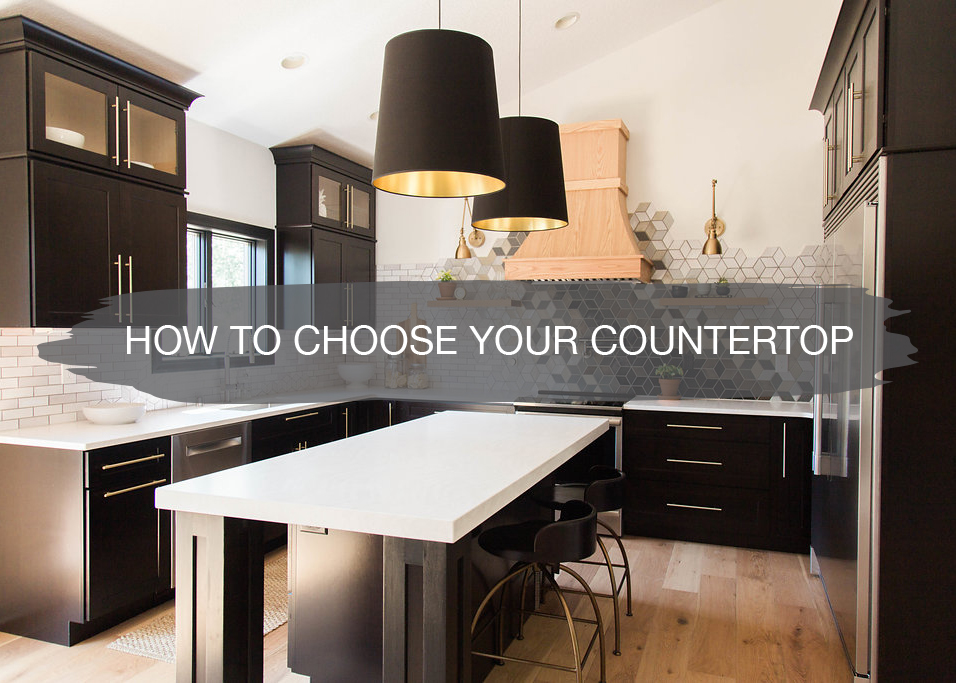
Let’s talk Countertop Options!
One of the biggest questions and debates our clients have when starting to design out their remodel is – what countertop option should they choose?
Is quartz worth the financial costs?
Do you recommend butcher-block?
Should we just do granite since it costs less?
How about concrete countertops?
These are just some of the many countertop questions we get, so we wanted to put together a countertop option guide with the different pros and cons.
When we’re recommending different countertop options, first, it depends on the space.
Laminate Countertop
Laminate is the most affordable countertop option. Costs per square foot for laminate range anywhere from $40- $60 per square foot. We don’t typically recommend laminate in a home unless the budget is top of mind like in a rental property or flip.
It’s a practical surface, since it’s non-porous and stands up to stains and scratches. You can find it in a wide range of colors, patterns, and textures that typically try to mimic looks like granite and marble.
Photo: WilsonArt
Butcher Block Countertop
We love the look of butcher block! Price varies depending on wood species but ranges anywhere from $30- $150 per square foot. We love the look of a butcher block mixed with other surfaces, such as just using for the island or simply in a fun powder bath.
Benefits to butcher block are that it is heat resistant and if properly sealed just fine to food prep on. We’ve got a tutorial on how you can create a butcher block vanity HERE.
Concrete Countertops
The cool thing about concrete countertops is that they are highly customizable down to the size, thickness, and color. We’d only recommend concrete countertop option in a mid-century or modern design space. We love the look concrete gives, and it’s something that not a lot of people dare to do.
Since concrete countertops are made custom, they are a bit more expensive to do ranging from $90-$150 per square foot. If you DIY them, you’ll obviously save a ton. We created a DIY tutorial for concrete countertops here.
The best part about concrete countertops is that they are energy efficient. They capture the heat and release it when the home cools down.
Granite Countertop
One of the most requested countertop surfaces by homeowners is granite, coming in at anywhere from $40- $100 per square foot. Since it’s a natural material, granite requires a bit more maintenance than quartz, like having to seal your countertop once a year.
You’ll also want to remember to wipe countertops off quickly since granite can stain easily. One of the benefits to granite is that the patterns are each a unique work of art since they all have their own mineral makeup that creates patterns that are speckled, dotted, veined and more.
For granite countertops, there are three types of finishes. Polished is a smooth, reflective finish that’s the least porous option and it’s also the most popular, due to the ease of cleaning.
Honed is not shiny or reflective, so it doesn’t have a glare and helps to mask imperfections, while still being a smooth finish.
Finally, leather is a technique where fabricators use diamond-tipped brushes to mimic the look and feel of textured leather, which highlights the color but also disguises crumbs and streaks.
Quartz Countertops
Quartz is the most durable countertop you can put into your space since it’s a man-made material with typically a 97% quartz and 3% resin combination. However, it is more expensive coming in anywhere from $50- 150 per square foot.
Quartz is the countertop material we always recommend first for any kitchen space. Unlike granite, you don’t have to seal it every year, it’s maintenance free, scratch resistant, and because of the non-porous surface, you don’t have to worry about any chicken juice seeping into the surface and causing mold and other bacteria.
Quartz also offers a variety of different styles that other surfaces don’t have. If you like the busy-ness of granite, quartz has design options similar and then other designs that are more clean, simple and timeless.
Soapstone Countertop
Unlike other natural stones (granite, marble), soapstone doesn’t require yearly sealing. Like quartz, it’s highly stain and bacteria resistant as well.
However, maintenance is required because it can scratch and nick easily, but removing them with gentle sanding and mineral oil can help since they’re only skin deep. Soapstone ranges from $50- $100 per square foot.
One of the downsides to soapstone is that it typically only comes in gray tones, but it patinas over time, which adds a natural element to the countertop.
Photo: Remodelista
Marble Countertop
Marble has a high-end look and is a timeless design, and it ranges anywhere from $60- $100 per square foot. However, marble is porous, so staining, scratching, and dullness can happen very easily.
Regular sealing and special care are needed. In our remodels, we don’t recommend that clients use marble in their kitchens, just because of the amount of maintenance it requires.
If you like more of the patina look and natural materials, then marble may be for you!
When using marble countertops in a kitchen, here are some tips to keep them looking their best:
- Use hot pads under pans and pots
- Set coasters under glasses
- Use cutting boards for cutting fruits, vegetables, and meat
- Wipe up any spills as soon as possible
- Find cleaning solutions suitable for marble and wipe down daily
- Embrace the patina over the years
Photo: Studio McGee
What is the best countertop for your money?
- Quartz
- Granite
- Marble
- Soapstone
- Concrete
- Laminate
- Butcher block
Thickness + Edge Profiles + Radius
Other options when choosing countertops include the thickness, edge profiles, and radius. The typical thickness for kitchen and bathroom countertops is 3 cm or around 1 1/2 inches.
If you want to use marble or quartz as your backsplash, a 2cm thickness is typical. For the edge profiles, the names can vary between materials and manufacturers, but the actual edge options are similar.
The type of edge profile chosen will most likely determine the radius as well. For an island, you may want a greater radius, which will allow the corners to be less sharp. With perimeter countertops, a 1/2-inch or 1-inch radius is typical.
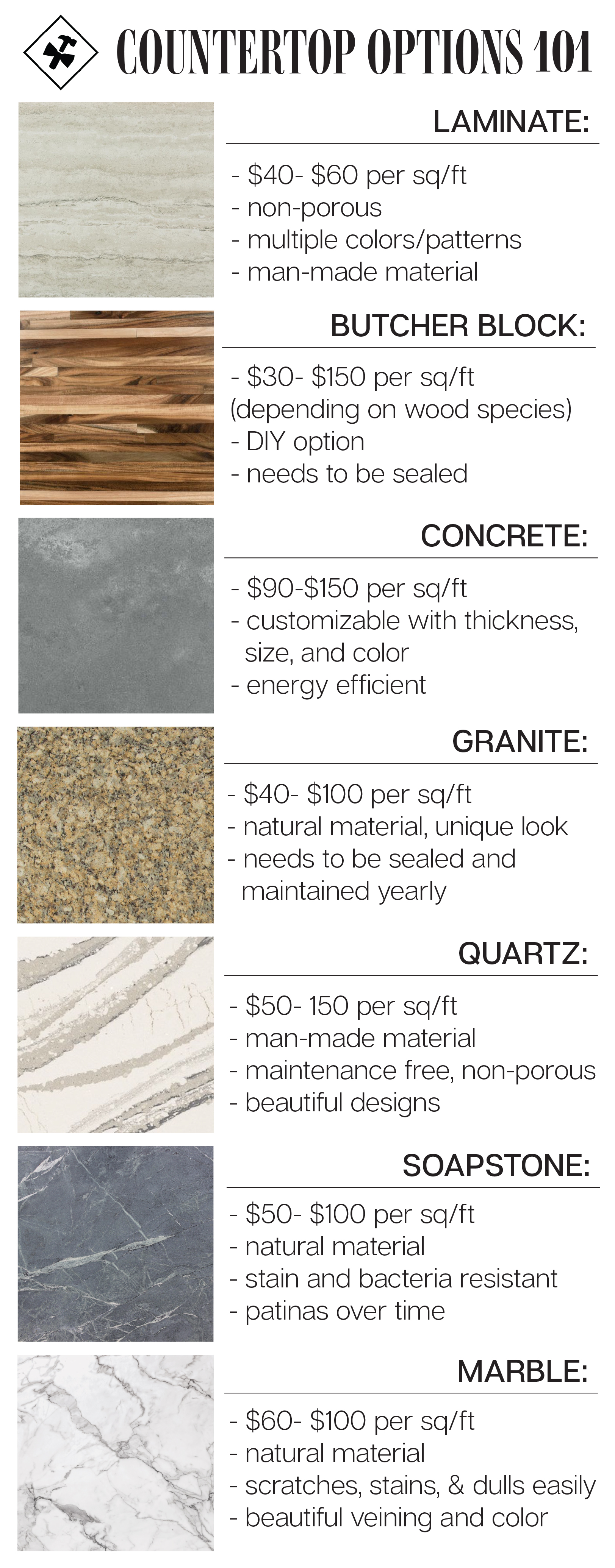
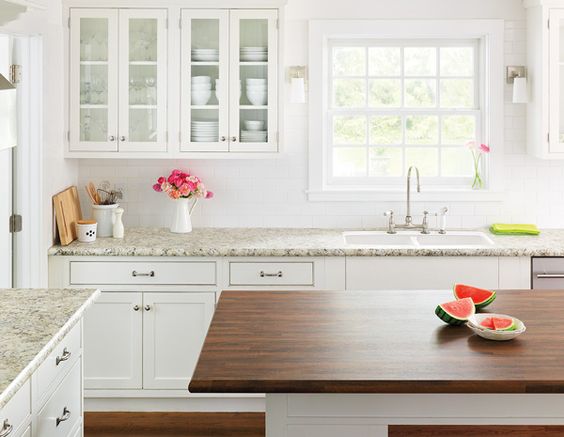
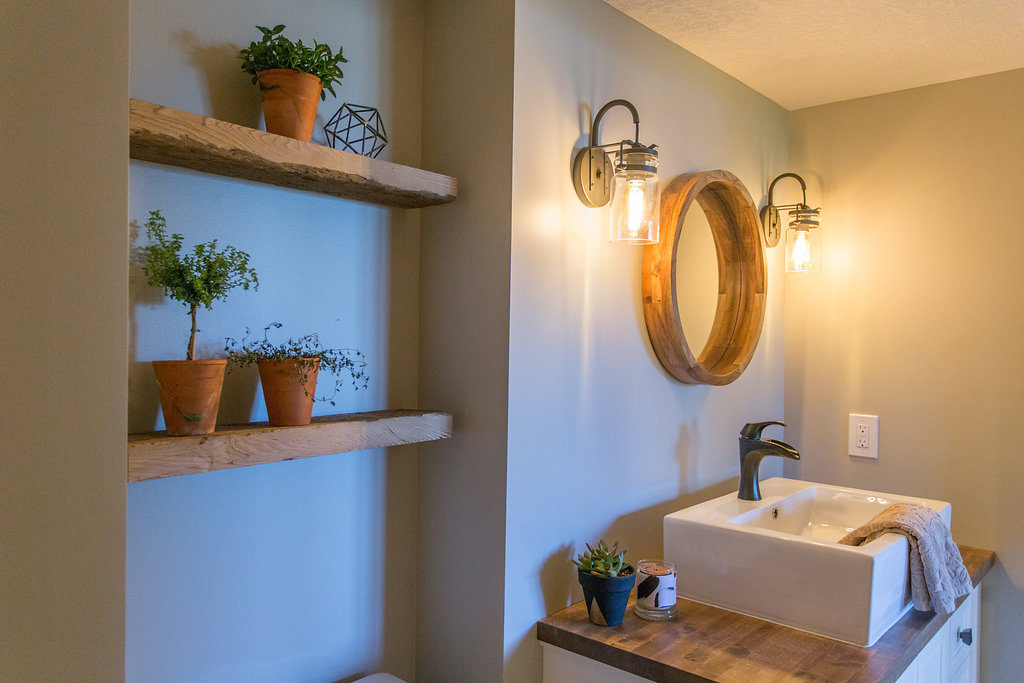
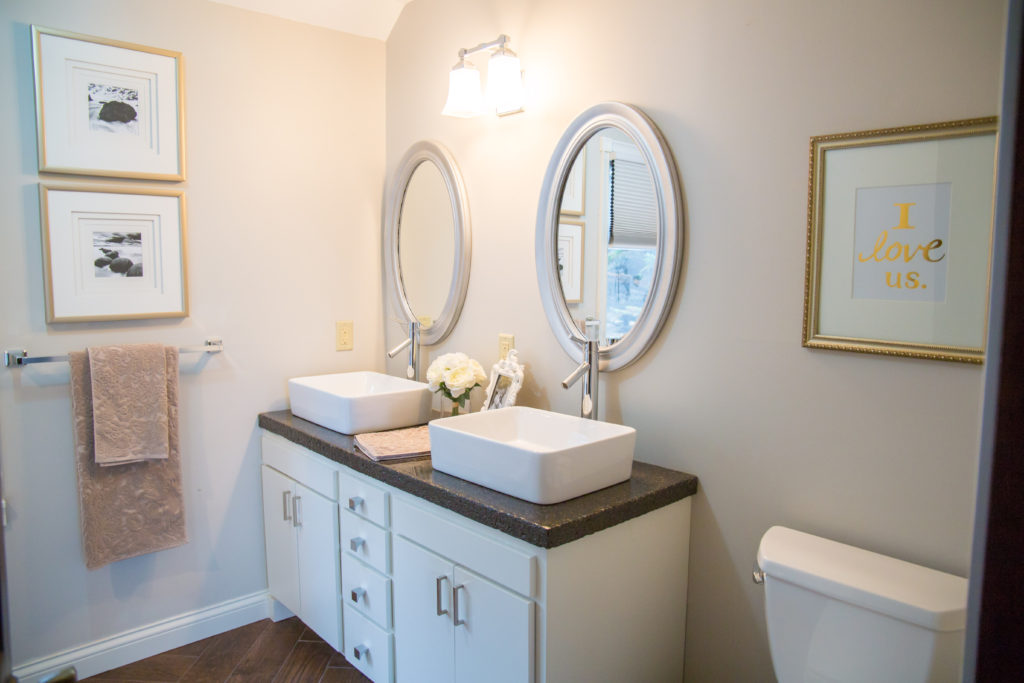
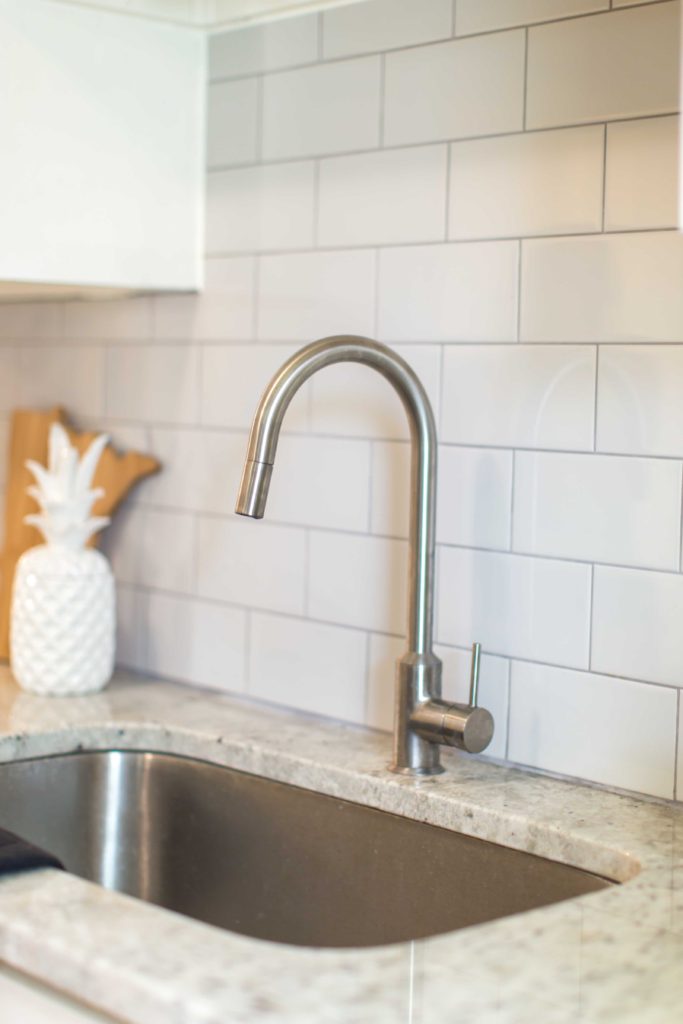
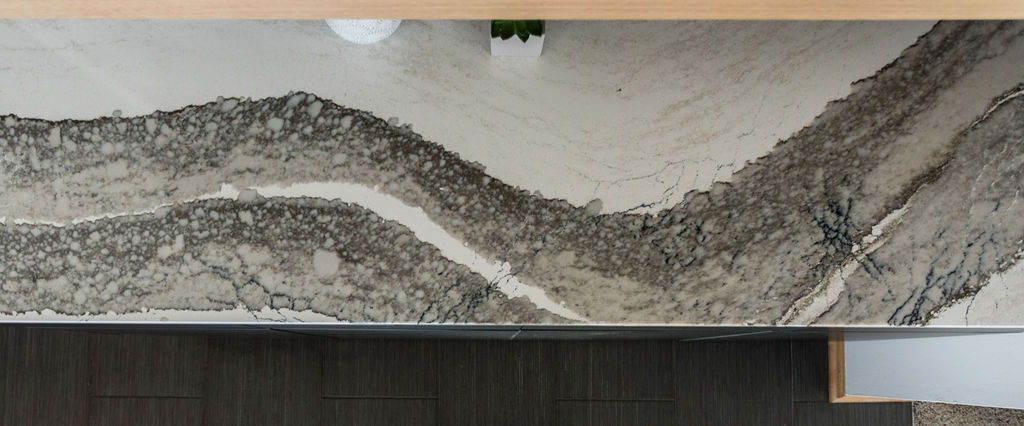


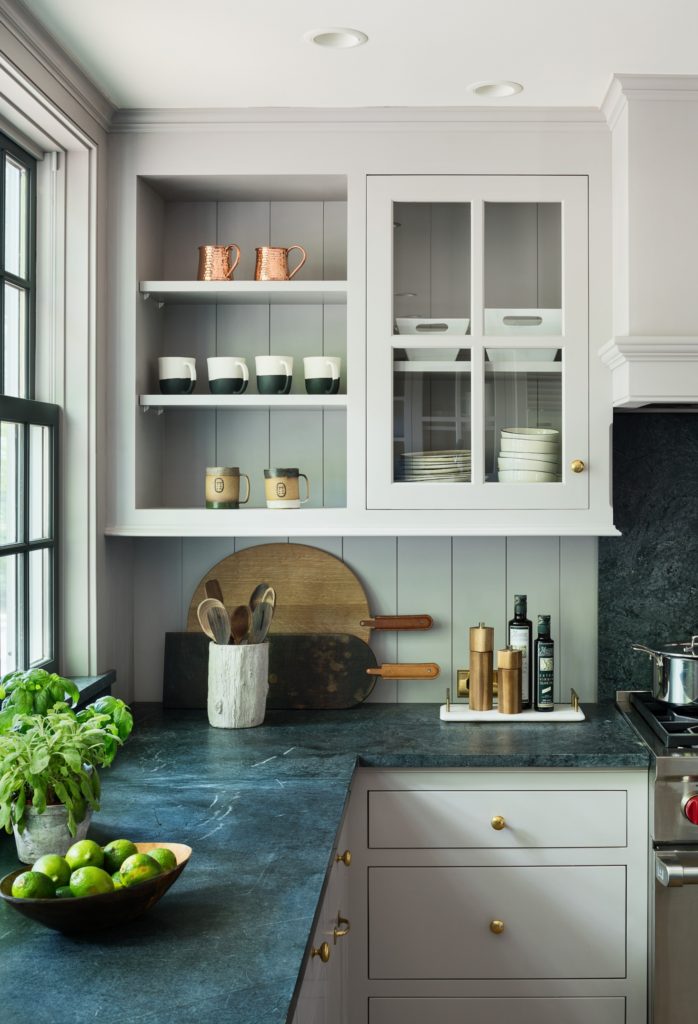
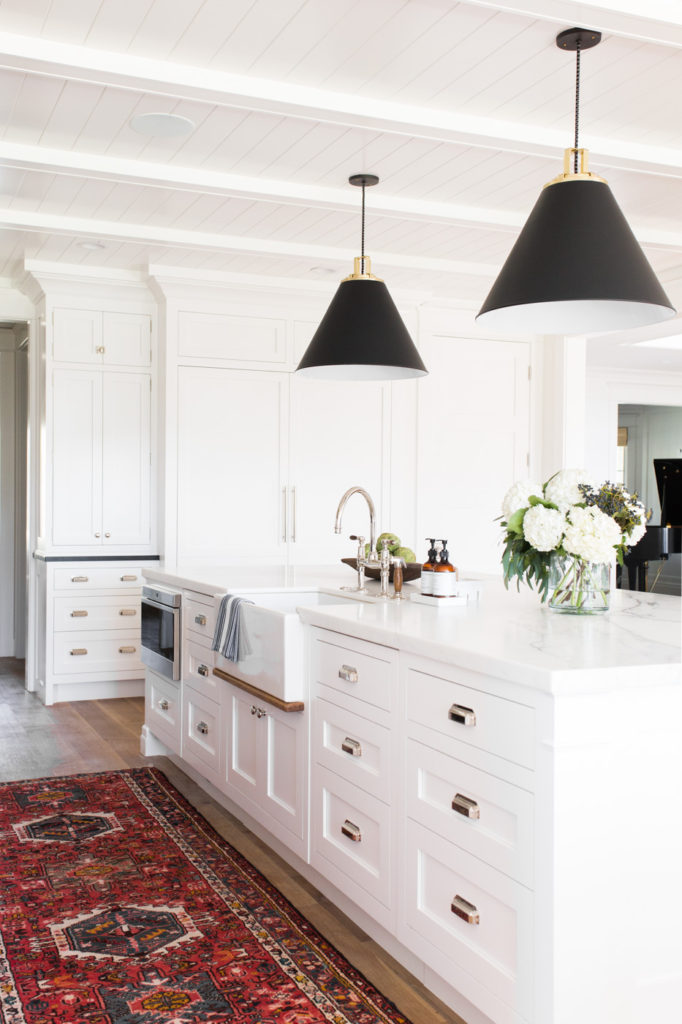
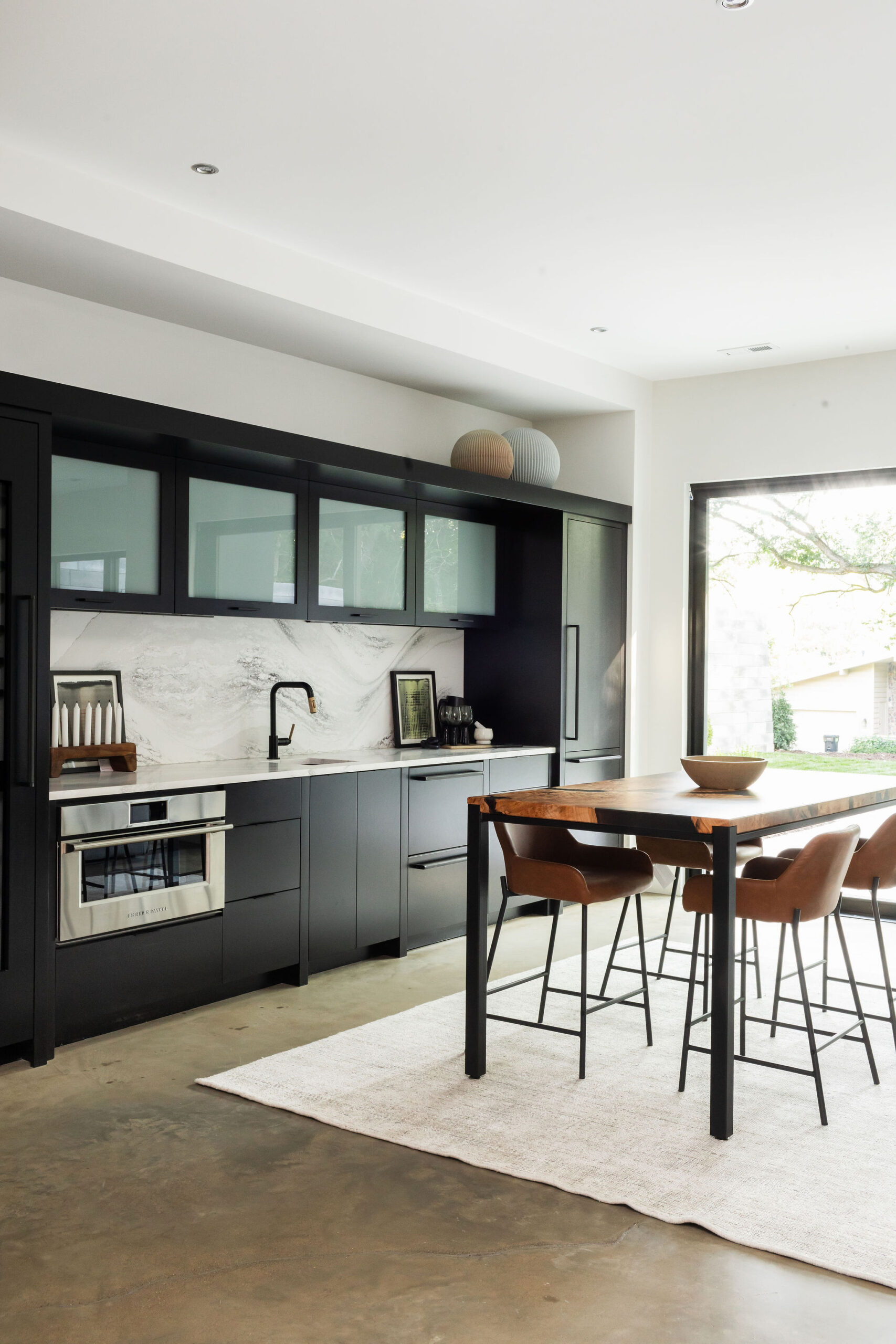

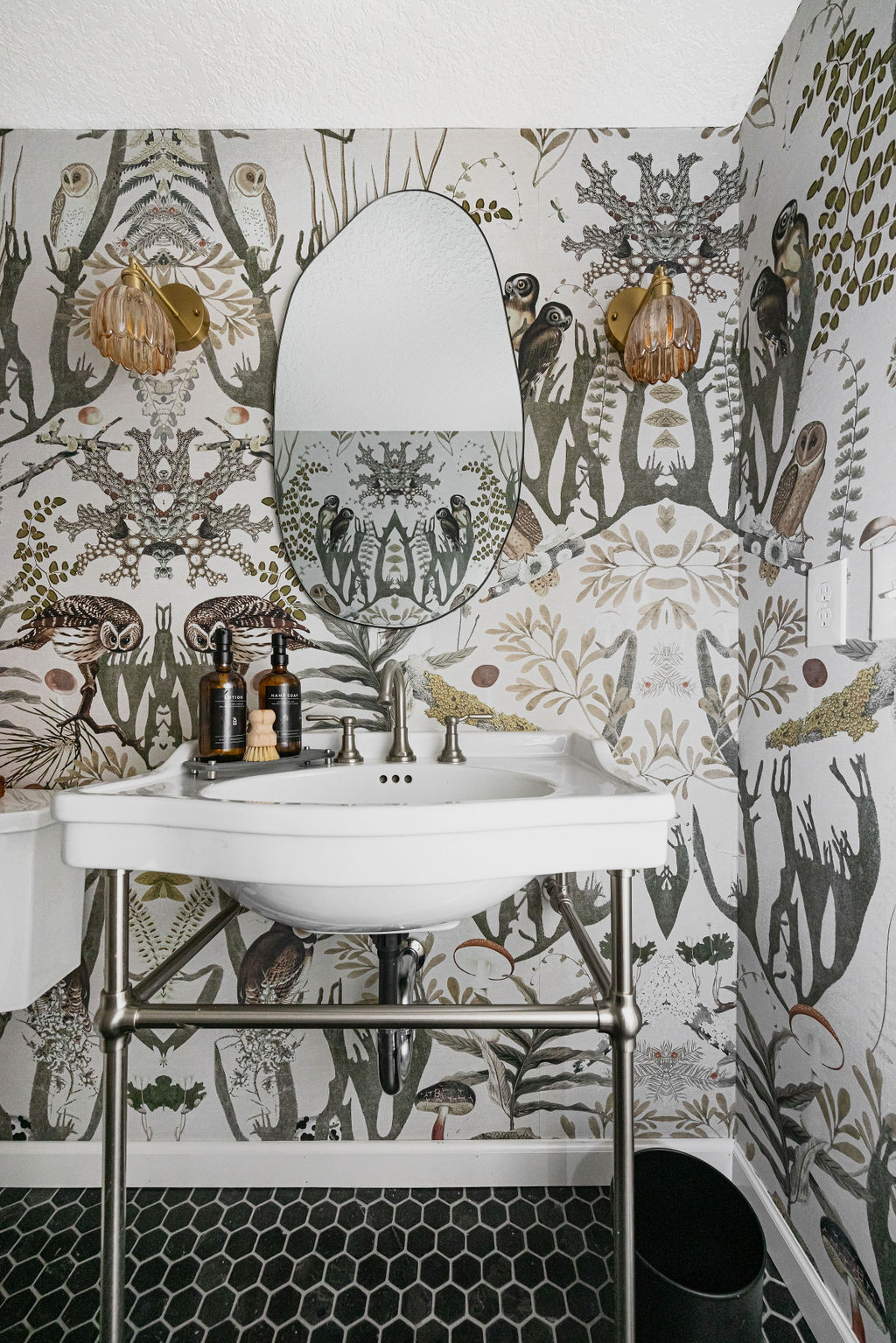
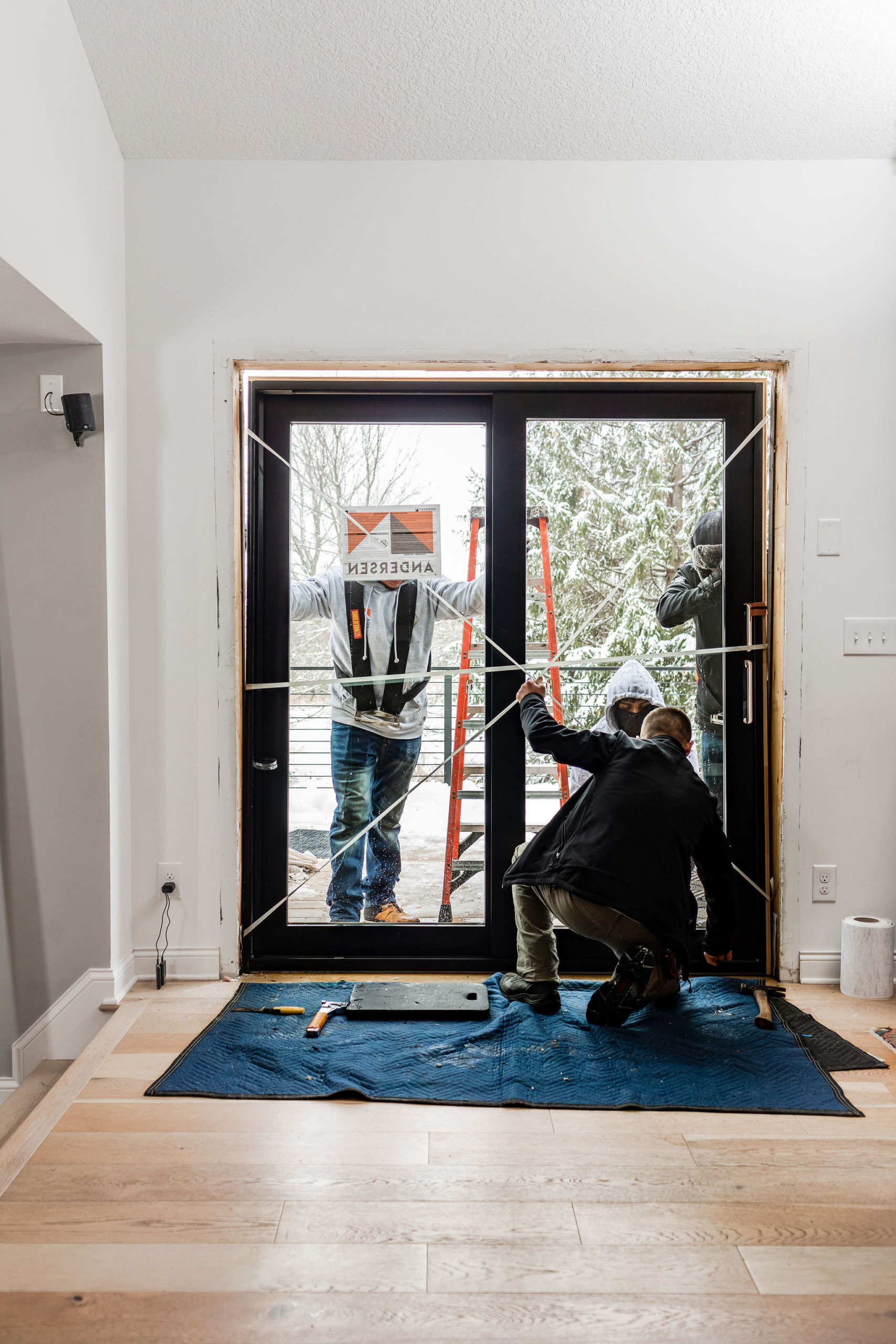
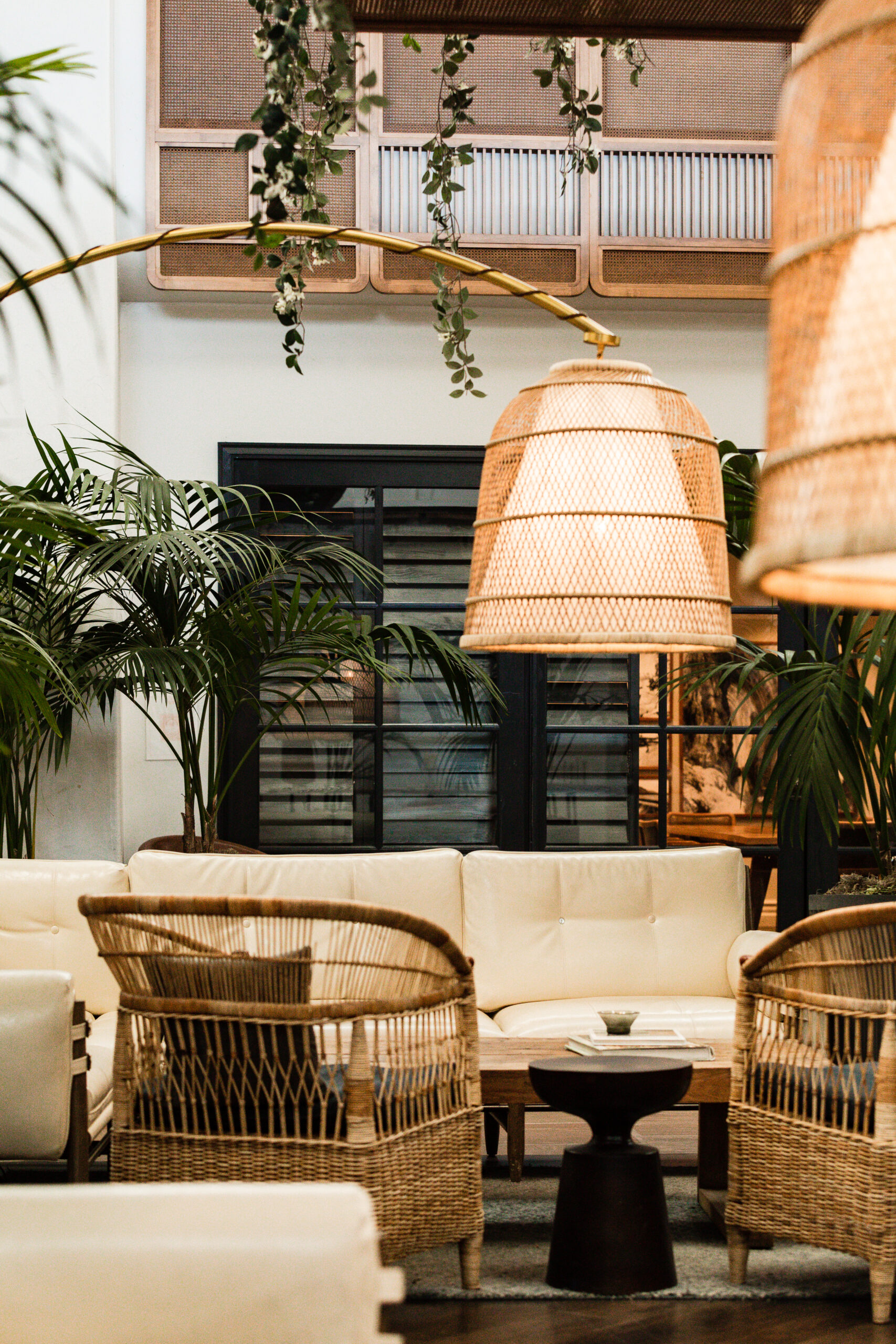
haha, we hear ya!! We’re in the same boat. And they are beautiful too! Glad we could help!
Wow, thank you for the comment about quartz being the most durable of the countertop options. I have a rather destructive son, so when I get new countertops I want to be sure to be able to have a guarantee that they will last. I will be sure to find a good countertop provider for my home.
Thank you!! For sure!! And for our kitchen we did a quartz material but it was in the Cambria marble collection look. 🙂 We do recommend quartz all the time, but love a good marble look.
Thank you for going over different types of countertops. It’s good to know that marble countertops can have a timeless design. This seems like it could be useful if plan on having the same design in your kitchen for a very long time.
I like that you pointed out that laminate countertops are non-porous and will be scratch and stain resistant. I will pick this since my kids might spill fluids on it since they are still very curious about a lot of things. This will ensure that the one I will pick will last for a long period of time.